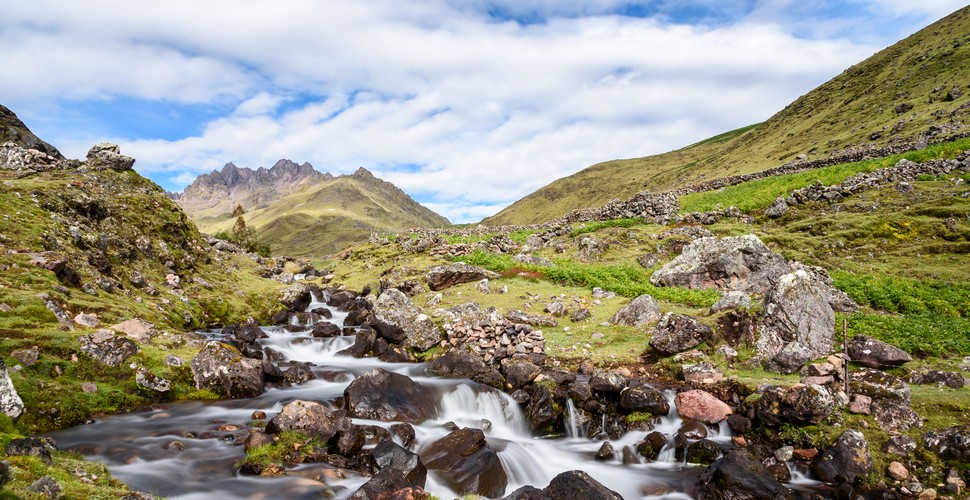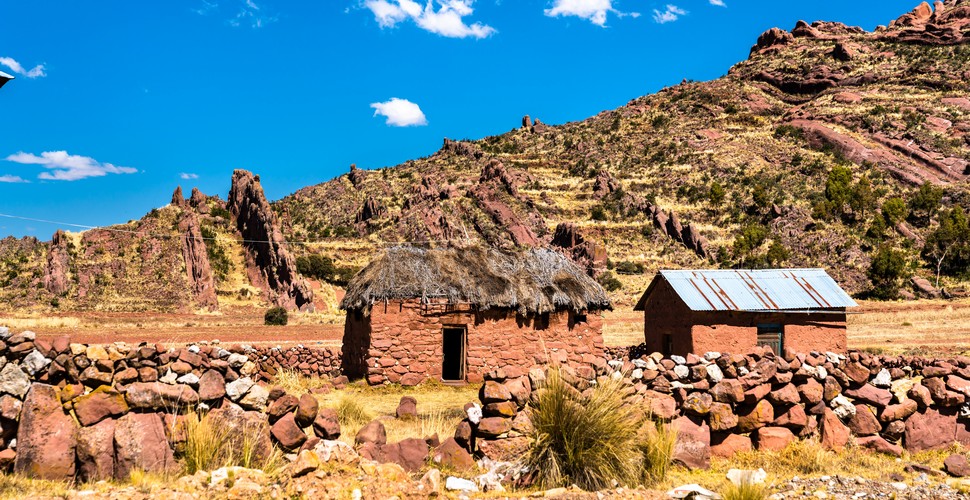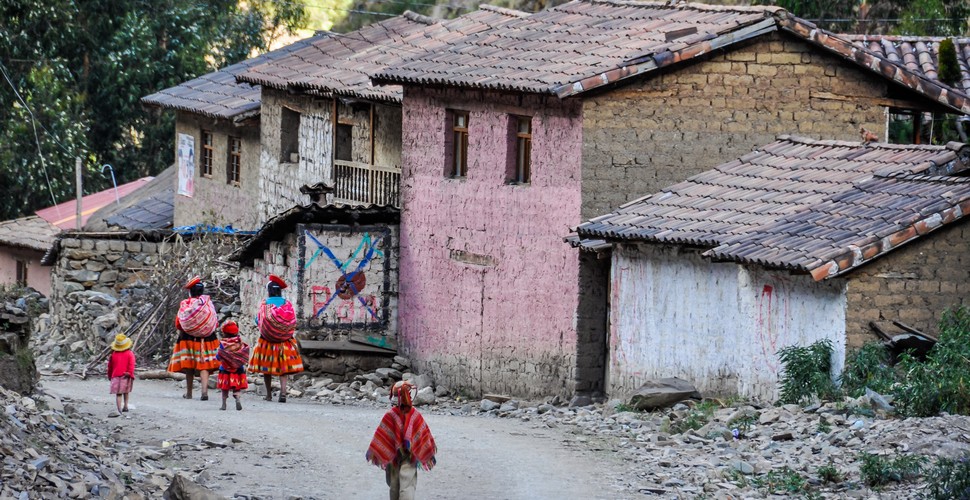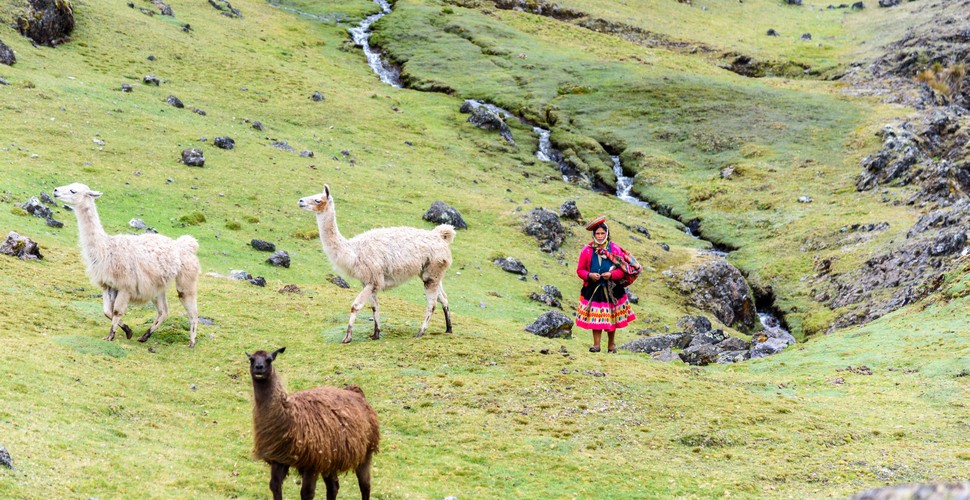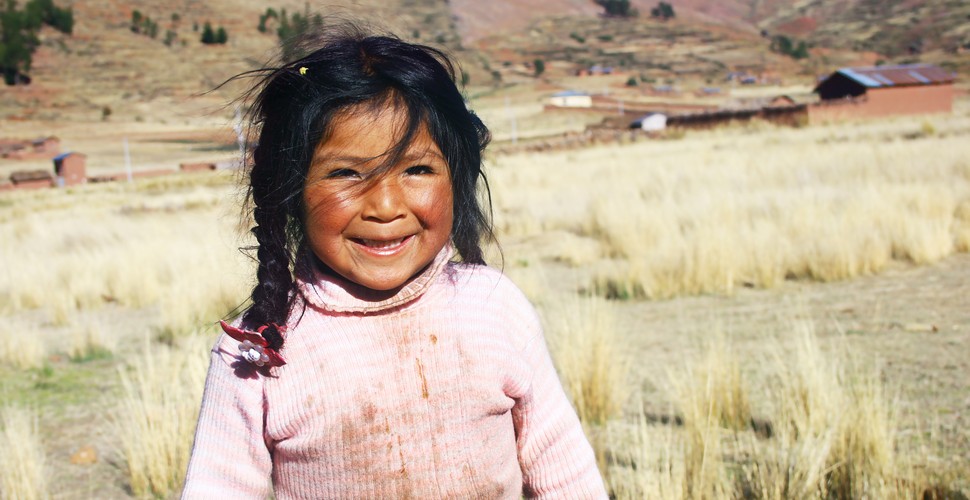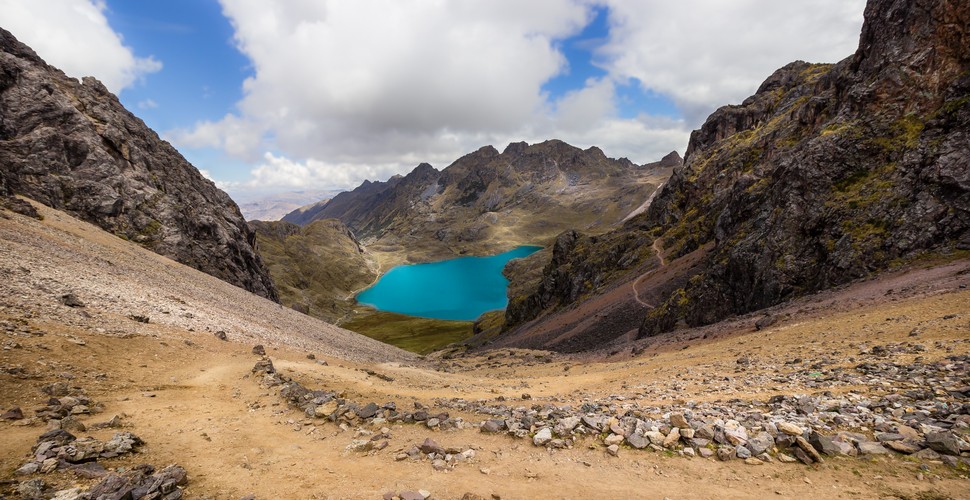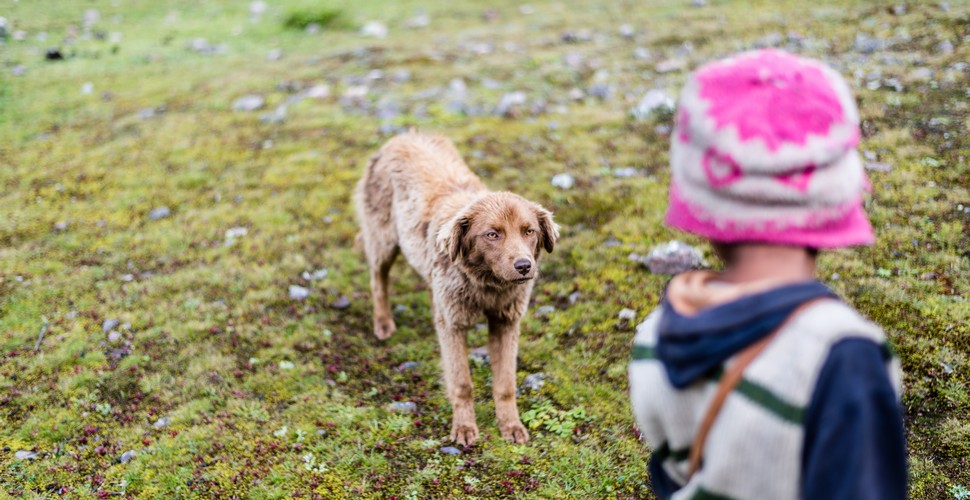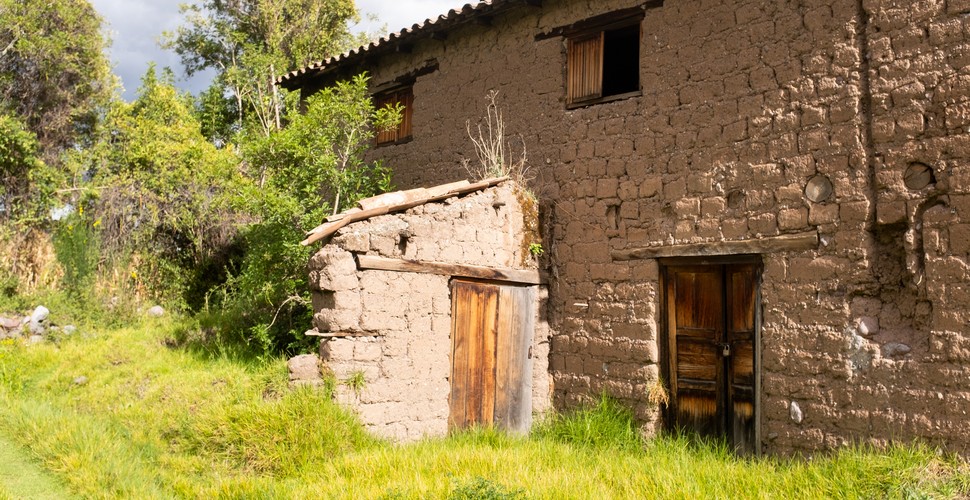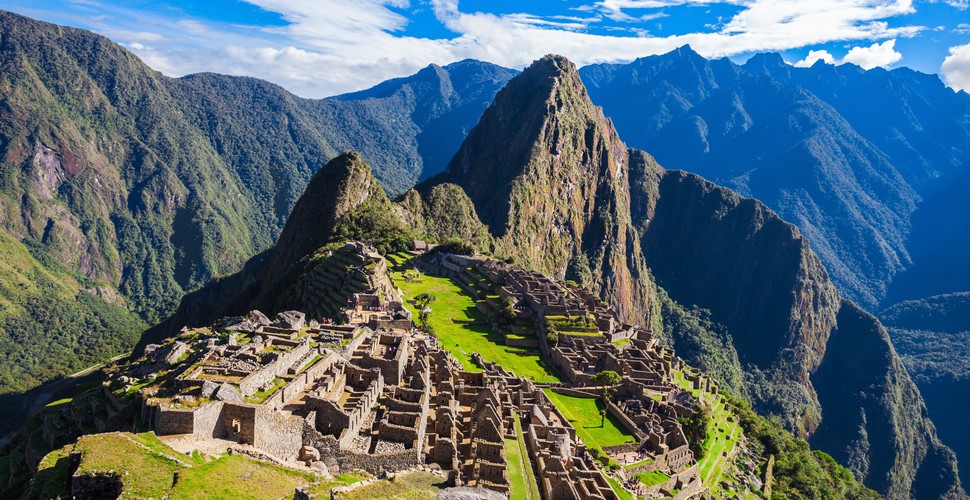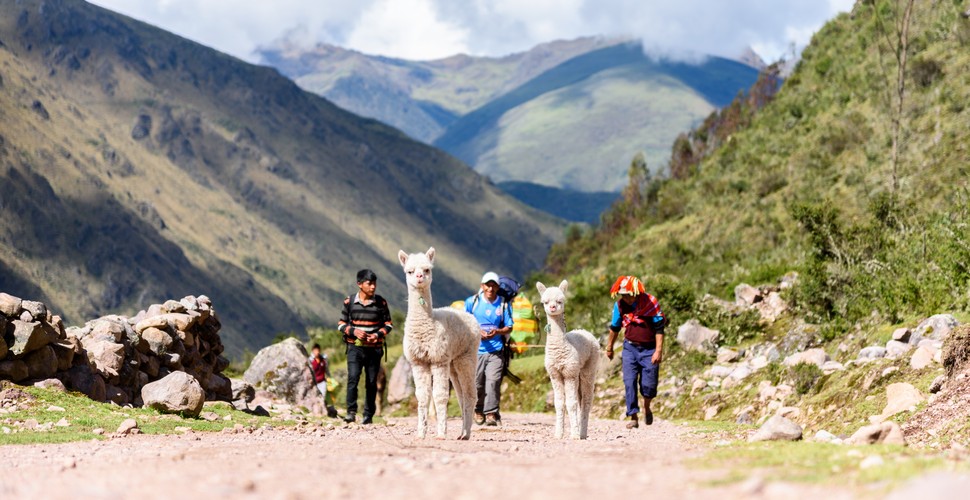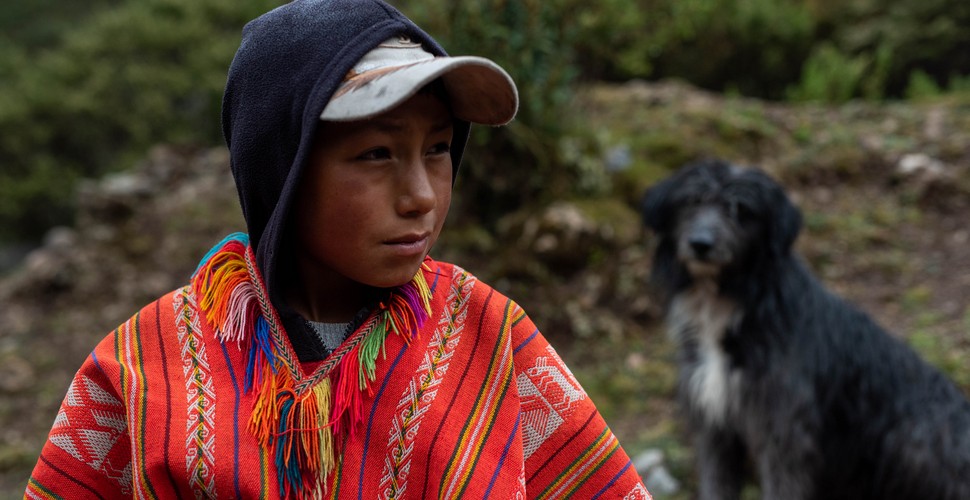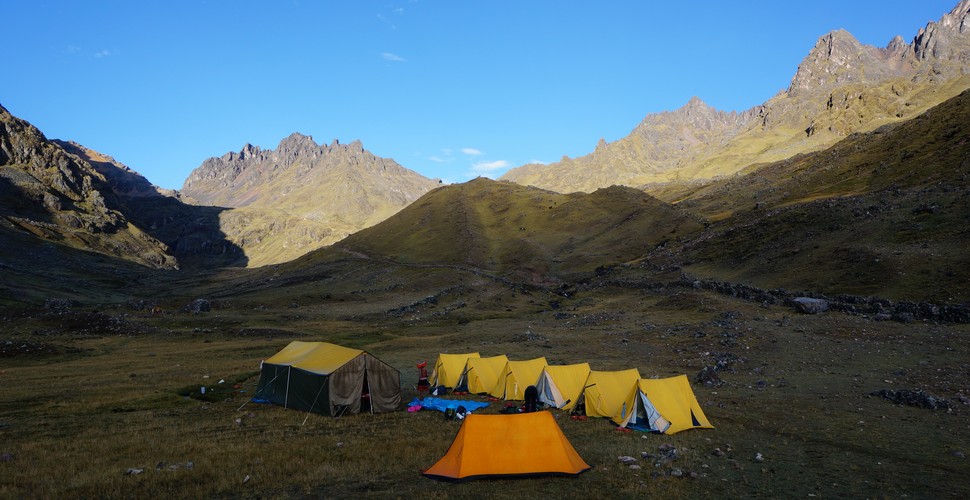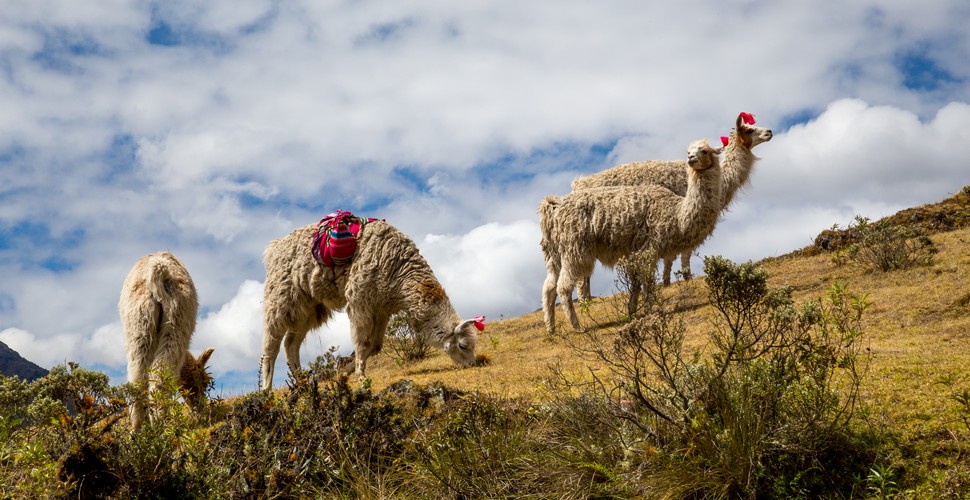

Claire Dean
Travel in South America is a joy to behold. The rich variety of destinations, experiences, landscapes and geography fascinated me so much, that I chose to relocate here, over 20 years ago! The best thing I ever did! Allow me to share my knowledge and passion for Central and South America with you and help you plan your holiday of a lifetime!

The 4-Day Lares Trek In Cusco, Peru
Written by:Claire Dean
Last Update: 2025-01-25
The Lares Trek is one of many options leading to Machu Picchu. The trail doesn't trek directly into Machu Picchu, and every Lares Trek includes transport to Ollantaytambo, and from there you take a train to Aguas Calientes. Although you can do the trek in 5 days, most people choose to do it in 4 days. Of those 4 days, you are effectively only trekking for 3 days. The 4th day is spent in Machu Picchu, the Lost City of the Incas. In terms of the actual route itinerary, there are in fact a number of variations on the Lares Trek, most finish at Ollantaytambo. The Lares Trek isn’t just an alternative to an overbooked Classic Inca Trail. The Lares Trek has a lot to offer for people who are looking for a combination of nature, history, and local culture. Treks depart in Cusco and take you to the Lares Hot Springs. Before you actually get to tie your laces and get ready for the trek, you will relax your muscles in the thermal springs. After having enjoyed the warm water, you still want to take it easy and thus the first day you only trek for about two hours. From the village of Quiswarani, the Lares trek continues via the 4300-meter-high Condor Pass to the Canchachanca community. This is where the Lares Trek sets itself apart from other treks in the Cusco Region. Chances are you will be interacting with local Quechua people a lot. The last section to Huaran or Pumamarka is the icing on the cake on the trek as you prepare to witness Machu Picchu in all its glory.
The Lares Trek
The Lares Experience
Didn’t book your Inca Trail permit in time? The Lares Trek to Machu Picchu does not disappoint in comparison. While the Inca Trail has ruins and the Salkantay Trek has nature, the Lares Trek to Machu Picchu exceeds in culture! This trek is open to all with no limitations on the number of people who may start per day, compared to the tightly regulated 500 people of the Inca Trail. The Lares Trek links the Quishuarani village in the Sacred Valley to the Queuñas Bush Valley. The final stop is the “Lost City of the Incas,” Machu Picchu. It passes through the Andean Village, Lares town. For those seeking an extended cultural experience, look no further than the Lares Trek to Machu Picchu.
Andean Vistas on The Lares Trek
Why Trek the Lares Trail
The Lares Trek is one of the lesser-taken hikes in the Cusco region of Peru. Organized folks will painfully hand over their dollar for the Inca Trail far in advance while those looking for a comfortable ride will simply hop on the train to Machu Picchu. Lares offers a genuine insight into the remote communities of The Andes. The route consists of trekking through valleys, mountains, tropical forests, up and down hills, past lakes, waterfalls, and tiny Andean villages. The Lares Trek is appealing because it is a short multi-day hike (4 days/3 nights) with only two nights camping and the third night in an Aguas Calientes/Machu Picchu Pueblo hotel. Day two is the hardest, although this is not unique to the Lares trail, day two is tough on most Machu Picchu treks! The Incas built thousands of miles of Inca Trails through South America and the Camino Inca or Camino Inka is the one trail that terminates at Machu Picchu. The Lares Trek follows another of the Inca Trails through Peru.
Andean Community
You Get the Best of Inca History and Local Culture
The Lares Trek doesn’t include as many Inca ruins as some of the other treks in the region, but it more than compensates with a look at local life and breathtaking scenery. Before trekkers start the hike, there’s a day tour comprising some of the most famous Inca sites around the Sacred Valley, once home to the Inca Empire.
It's not a "Runner-Up" Trek
With only five hundred permits issued a day for the Inca Trail, forward planning is essential. The Lares Trek, on the other hand, is a relatively undiscovered trek. Nevertheless, many people compare the two; to be honest, I don't think it's a fair comparison. They both offer up incredible experiences, but with different focuses. If you want to escape into the wild, experience local living in Peru, and still challenge yourself on a hike, the Lares Trek may be more suited to you. And with the Lares Trek, there’s the option to take a train to Machu Picchu. Not only is this one of the most stunning rail journeys in the world, but it also gives you the chance to enjoy a warm shower and get some shut-eye in a real bed before exploring Machu Picchu. The Inca Trail hikes directly into the Lost City of the Incas, so depending on how clean and comfortable you want to be for that big moment, the Lares Trek might be your best option.
Llamas on The Lares Trek
You'll Feel Like You Have The Andes to Yourself
On the 4 day Lares trek, you can count on just one hand how many other tourists were hiking the Lares trail. The remoteness added to the magical and spiritual vibe that you'll start to feel the second you arrive in Cusco. If you want to be humbled by nature, then the Andes will happily oblige. For most people, the ultimate goal is to see Machu Picchu, and actually does it really matter which route you use to get there? The Lares trek offers history, remoteness, NO Crowds - you generally don’t see any other trekkers on the Lares trek apart from your group), Quechuan culture, stunning mountainous scenery, and a slightly higher altitude that you get on the Inca Trail to Machu Picchu.
It's a Great Opportunity To Learn About Local Life
Peru’s native Quechua residents are an important part of the country’s cultural fabric. On this hike, you can visit a local family and learn about weaving, how to dye alpaca wool, and a number of different cultural traditions. For example, did you know a Quechua girl must skin a Guinea pig to prove she is ready for marriage? It’s also worth learning the local Quechua language before arriving to help you make the most of these encounters; not everyone will speak Spanish.
Andean Girl
The Starry Skies Are Incredible
Sometimes it is easy to forget how incredible the night sky truly is. High in the Andean Mountains, the Lares Trek will treat you to some of the most impressive views of the Milky Way and constellations you'll ever see. Sit outside your tent with a warm coca leaf tea and admire the night sky.
Coca Leaves Are Your Friend
Altitude sickness is very much a real thing, so factor this in when planning for the Lares Trek. Even if you are taking altitude sickness-preventing pills (called Diamox) before you arrive or relying on acclimation to the altitude in Cusco, the coca leaf may be of use to you. Chewing on these leaves is the go-to in the Andes for both medicinal purposes and to ease the effects of altitude. If you aren't a fan of rolling these green leaves into a chewable ball, do take the tea when offered by the porters. Plus, if you stock up on a bag of leaves from a market, you’ll have the perfect gift and ice-breaker when you meet local people.
What to Expect: The First Day
The first day begins early in the morning at approximately 6:00 am. We will drive through the town of Calca in the Sacred Valley and view their markets. We will then drive to the Lares community which is where the Lares Trek trailhead is located. Before hiking, we will have lunch and prepare our legs in the warm hot springs. We will hike the trail through small communities in the region and make our way to the Huacawasi Community which is where we will spend our first night. The first day is approximately 5 hours of hiking.
Huacawasi Pass
On the Second Day
After breakfast, the second day commences with hiking approximately 3 hours uphill to the highest pass on the Lares Trek, Ipsaykassa at 4,440 meters. From there the trek will pass stone houses and small communities to Ipsaycocha Lake where we will have lunch. After lunch, we will hike approximately 2 hours to Patacancha passing farms and small villages for our second campsite. You can even try Cuy (Guinea Pig) with some of the locals this evening!
Child with his Dog at Patacancha Community
On The Third Day
On the third day, we will hike to the Inca ruins called Pumamarca. After exploring the ruins, we will continue our hike for about 3 hours around the mountain to reach the Inca terraces. We will continue our descent until we reach the town of Yanahuara. Yanahuara is located in the Sacred Valley and you can see rolling fields of corn all around you as you drop in elevation. We will enjoy lunch in these magnificent natural surroundings before we say goodbye to our team of muleteers and head to the Inca town of Ollantaytambo. You will have time to explore the town and then later we will complete a short hike to the Inca Colcas, which were Inca storehouses. In the evening you will have dinner and then take the train to Aguas Calientes to stay overnight in a hotel and prepare for Machu Picchu tomorrow!
Yanahuara
The Fourth Day: The Final Day
Day four is the final day of the Lares trek and the all-important visit to Machu Picchu! Today is Machu Picchu! You will wake up early and take the bus up to Machu Picchu. There will be a 2-hour guided tour of the ruins during which you’ll learn about the Incas and visit all the most important areas of the citadel, such as the Temple of the Sun, Temple of the Condor, the main plaza, the Inca Bridge and Intitawana. After your tour, you will have approximately 2 hours of free time to explore the site by yourself or climb either Huayna Picchu or Machu Picchu Mountain. In the afternoon, you will take the train back to Ollantaytambo, and then our private car will take you back to your hotel in Cusco.
Machu Picchu
Why is The Lares Trek Different?
Wake up early in the Lares Valley and the infectious giggles of school children walking the rural trails to school, in wide skirts, colorful capes, and intricate ponchos that waft over the mountain air. Later in the day, you’ll step aside to let the llama trains pass as they bring sacks of potatoes down the valley to market. Backed by mountain views, these glimpses into day-to-day life are a reminder that, unlike the classic Inca Trail, the Lares alternative is one that immerses you in living in Inca culture.
Life in Lares
The high-mountain altitude and rough terrain mean that hiking in the Lares Valley is a challenge in its own right, although you’ll be tackling fewer steps than on the classic Inca Trail. It’s also much, much quieter, and open all year round with no need to secure a trekking permit months in advance. With many trekking specialists here supporting reforestation or community development projects, choosing to hike the Lares trails can make real, positive differences to local people, being much more of an insight into the high Andean communities and traditional culture.
Andean Boy
On most Lares treks you’ll be camping on the outskirts of the small villages in the valley, famed for their traditional weaving, although both lodge-to-lodge and homestay options also exist. Consequently, you’ll spend much more time immersed in traditional rural culture than you would on any other Sacred Valley trek. Your expert guide will be on hand to help ease introductions with the mainly Quechua-speaking communities. Our trekking staff will set up your tent for you and provide simple yet hearty meals to keep you full of walking beans – even cakes, baked over a single kerosene stove high in the Andes, have made an appearance.
Lares Trek Campsite
We will provide you with boiled water to refill drinking bottles as well, keeping your plastic waste to a minimum. Mules and donkeys will carry the majority of your trekking kit, leaving you to shoulder a day pack with essentials, such as waterproofs, a camera, sunscreen, and water. Usually, you’ll leave the majority of your holiday luggage safely stored in Cusco before you set off into the Sacred Valley.


